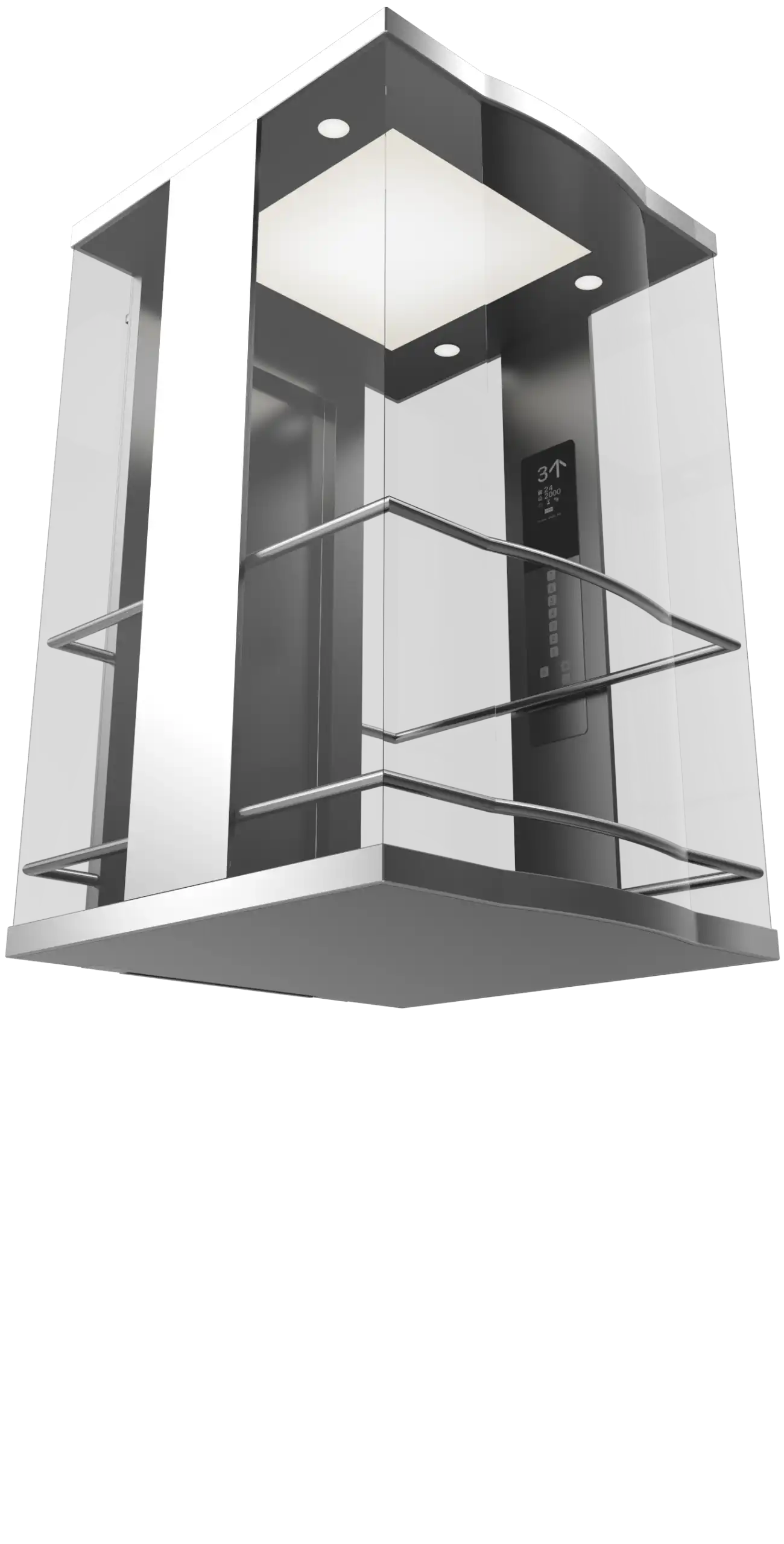Innovation Alphabet
Cobots & Automated Robots
In a nutshell
Cobots (or collaborative robots) are robots designed specifically to interact closely with a human operator within a shared space. It was 2004 when Will Smith kicked and punched positronic robots designed to serve humans in the now cult movie I, Robot. Today they seem to be back, but in a supposedly peaceful way.


Application Fields
Cobots find their most important application in the industrial field. They are able to perform non-ergonomic operations, freeing operators from the risks associated with repetitive and dangerous movements and relieving excess stress on the workforce. In fact, cobots are able to repeat the same operation for hours while maintaining the same level of absolute precision.
Collaborative robots, in short, are perfect for heavy, monotonous jobs that do not require direct human intervention. So, they let “living” colleagues take care of more specific functions. Also, note that no enterprise is too small or too large for collaborative robotics! Application areas include assembly lines, packaging, food & beverage, all the way up to building islands for testing or inspecting products or machinery.
Industries
• Cobots in the industrial field
The company Mobile Industrial Robots has purchased cobots that travel about 100 kilometers per month to transport packaging materials from the warehouse to production lines. When an employee needs the cobot’s support, he/she “calls” it with a PDA device using a QR code in which there is all the information the robot needs to find the material on the warehouse shelves. The collaborative robot picks up the goods and transports them to the point of production. The process provides significant time savings and efficiency gains. Employees receive the exact amount of materials they need when they need them.

• Cobots in logistics
Novo Nordisk has chosen to replace forklifts for transporting packaging materials with five collaborative robots. The cobots, equipped with laser scanning, 3D cameras, and integrated sensors, inspect the environment and move around easily while avoiding obstacles. It is estimated that, thanks to the automated colleagues, employees save at least 35 hours of work per week on transporting materials. Thus, they can concentrate on other tasks directly in the warehouse.
Do you have a Strategy & Innovation challenge to tackle? Let’s face it. Together.
C-levels from these companies (AND MORE) relied on my expertise to overcome thEIR CHALLENGES IN THIS AREA. And you can, too.
Can I help you?Business Functions
• Cobots in support of pick-and-place
Cobots designed by Advice & Technology, a company that operates in the Industrial Automation and Cobot sector, are equipped with an integrated vision system that facilitates pick-and-place (the picking and placing of an object) and a sophisticated inspection system. As a result, the need for additional cameras or lighting equipment is eliminated.
• Cobots in support of safety
Universal Robots’ robotic systems – unlike traditional systems that require them to be installed with protective barriers surrounding them – have 17 built-in safety measures that make them safe and easy to implement. Sensors installed on the robotic arm warn of obstacles in its path, allowing it to stop in the event of an impact.
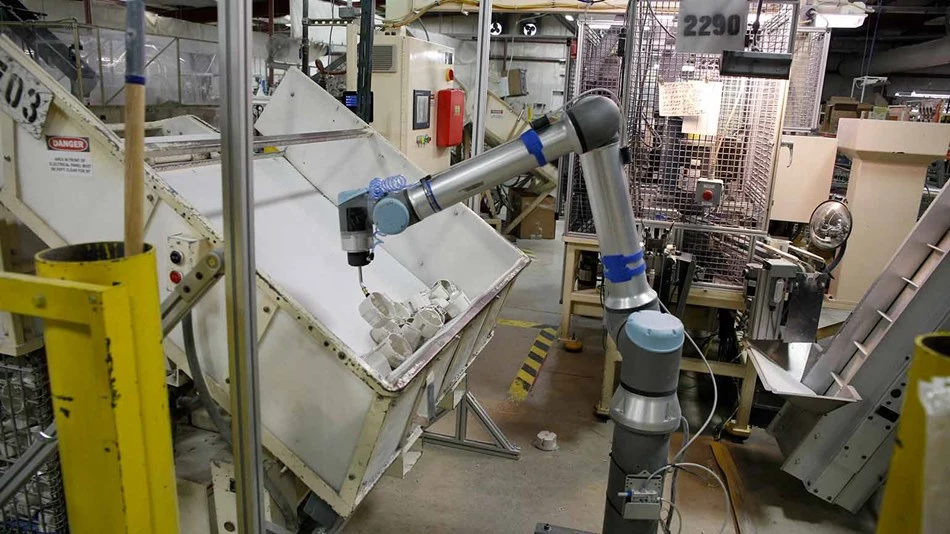
• Cobots and multifunctionality
The cobot YuMI from ABB (the innovation leader in industrial and collaborative robots) has met world leaders such as Angela Merkel and Barack Obama, and even accompanied Andrea Bocelli to the center of a philharmonic orchestra. But in addition to peacocking among celebrities, it can have dozens of other functions: for example, in the service of food companies, it can label 1,200 containers per hour, without needing a break and without complaining.
Stay in wonderland
Let me show you how deep the rabbit hole goes.
Check out more of the Innovation Alphabet:

3D Printing
3D Printing
“3D printing” is a process carried out by an electronic device which, instead of resorting to the canonical ink, it molds almost any kind of material: from concrete to living tissue, most usually plastic, but also metal. And the operating principle is similar to that of a traditional printer. The creation of three-dimensional models can lead to the redesign of a company’s production capabilities.
Dive In
5G
5G
5G is the new frontier of cellular telephony. It was designed to improve (or completely replace) previous generations of mobile networks. The 5th generation features lower latency, ensuring flawless performance of business applications and many other digital experiences – thus enabling the new cultural generations to furiously play Fortnite away from home.
Dive In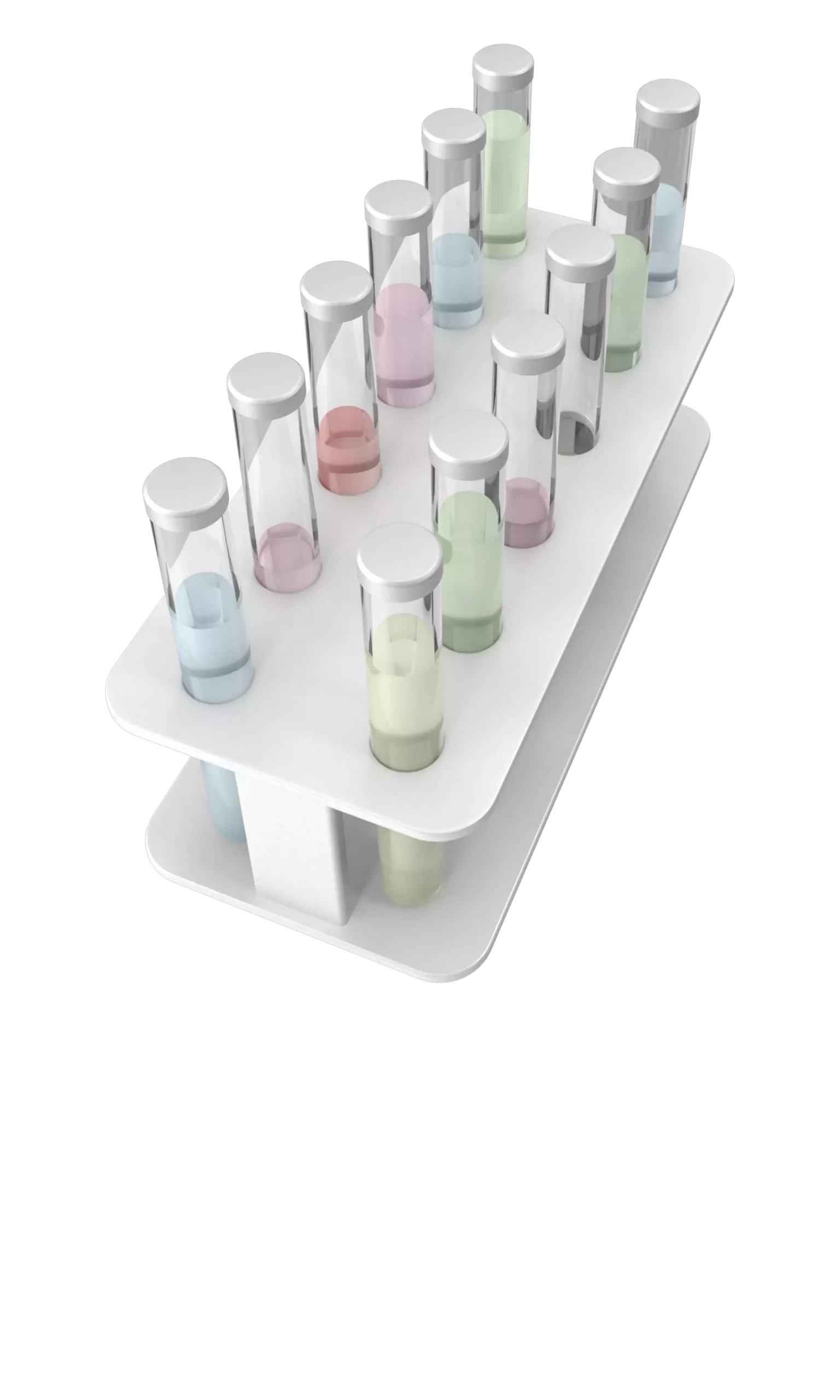
Advanced Analytics
Advanced Analytics
The term “Advanced Analytics” refers to the ability to autonomously or semi-autonomously analyze data and content to identify correlations, develop analyses, predictions, and recommendations. It is not just a matter of collecting information and then organizing it into watertight compartments: the ultimate goal is to identify a dialogue pattern from a data-driven perspective.
Dive In
Agile
Agile
Agile is an approach to software development designed to respond to change. Teams quickly analyze the context in which they operate, identify uncertainties faced, and figure out how to adapt to always move forward. Interaction between individuals comes before processes and tools; collaboration with the customer is more important than negotiating contracts.
Dive In
Ansoff Matrix
Ansoff Matrix
The Ansoff Matrix is a marketing planning model that arises from the intersection of new and existing products and markets. It derives four possible strategies for expanding the company’s market, which are built around four variables with a changeable factor of risks and possibilities: existing product, new product, existing market, new market.
Dive In
Artificial Intelligence
Artificial Intelligence
Artificial Intelligence is not strictly defined. Basically, it is a computer system able to make decisions in an independent and flexible way. A good AI application can perform everyday tasks better than an average person (e.g., identifying other people from their photos on social media or beating the best chess player). Nothing to fear, then. Unless you are a chess champion.
Dive In
Artificial Scarcity
Artificial Scarcity
We often tend to desire what we cannot have. Or what we are in danger of losing: Artificial Scarcity is a strategy that flaunts a limited number of items that do not correspond to actual availability. The goal is to stimulate the perception in consumers that the stock of items is about to run out and thus create a need based on the “fear of being cut off” or the intention to buy the item in order to resell it at a higher price.
Dive In
Attack Surface
Attack Surface
The term attack surface refers to the part of a system that may be subject to attack or breach by hackers. The smaller that surface is, the easier it will be to protect it. Indeed, the Internet is an ocean of deep, dark waters: those who navigate it must be aware that they are exposing themselves to a flood of digital risks. Yet, ironically, we do not need a big boat to shelter us.
Dive In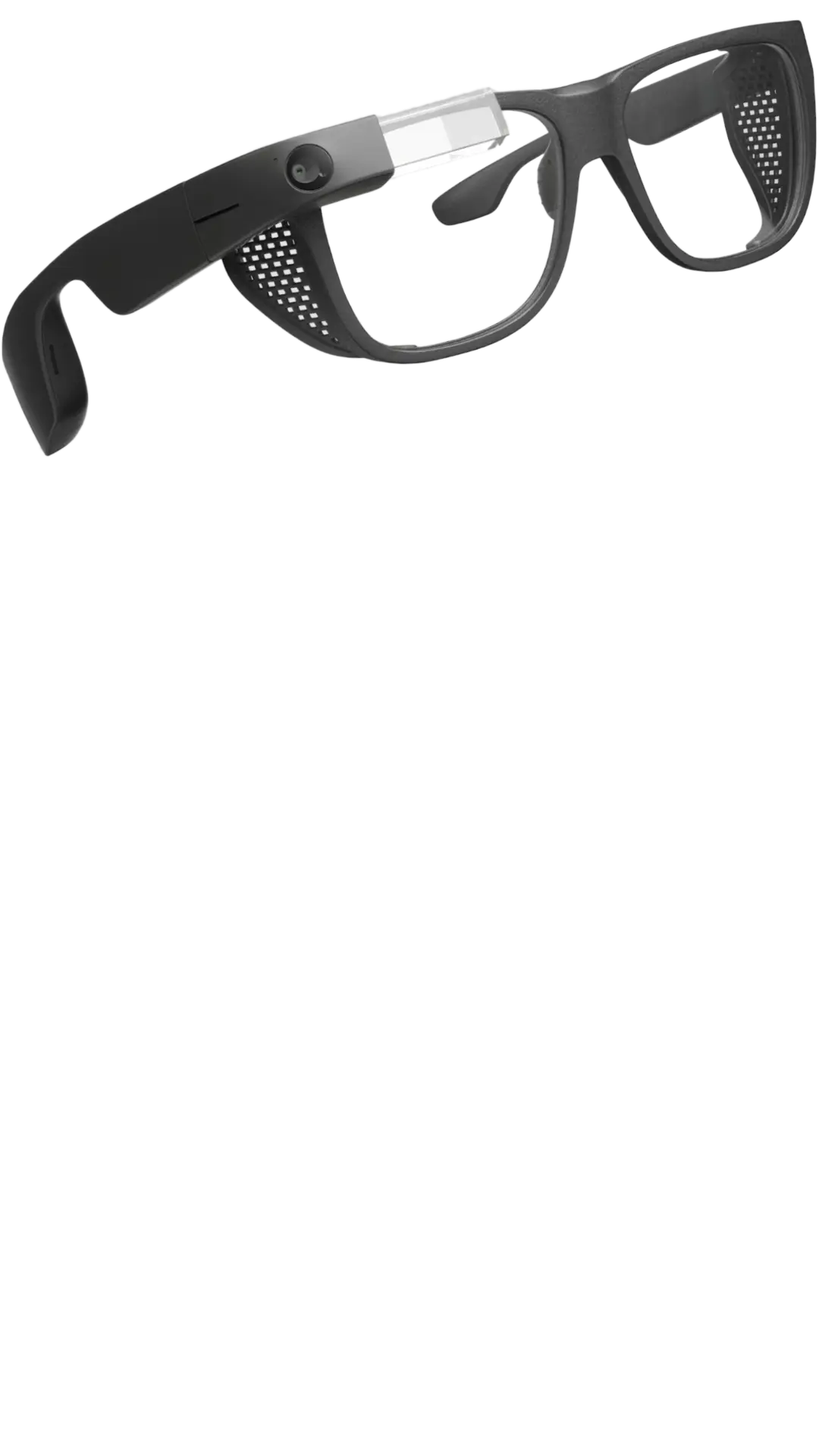
Augmented Reality
Augmented Reality
Augmented Reality is an ever-evolving technology that overlays multimedia information on top of our common sensory horizon to gain a deeper understanding of our surroundings. No, it doesn’t allow you to step out of the Matrix dream simulation, nor can it be accessed by swallowing a red pill. But neither is it the disturbing experience of the Playtest episode of Black Mirror.
Dive In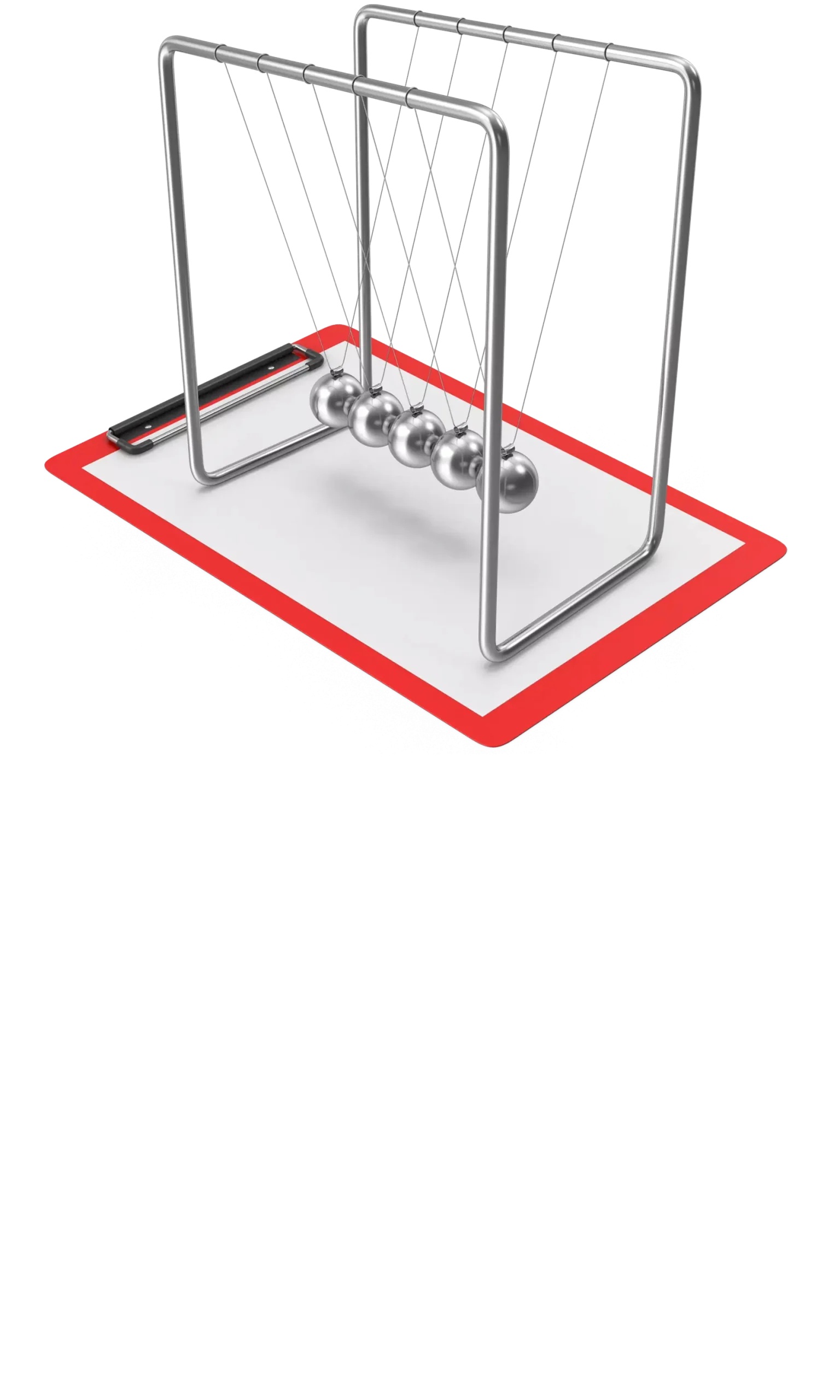
Balanced Scorecard
Balanced Scorecard
In business, as in life, you need balance. The Balanced Scorecard is a holistic tool for strategic management. It offers, in fact, the possibility of assessing corporate performance in its wholeness. An overview that embraces four perspectives: the business/financial side, customers and stakeholders, internal processes, and learning and growth.
Dive In